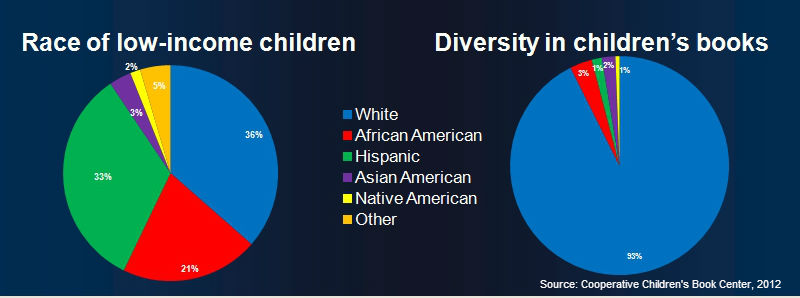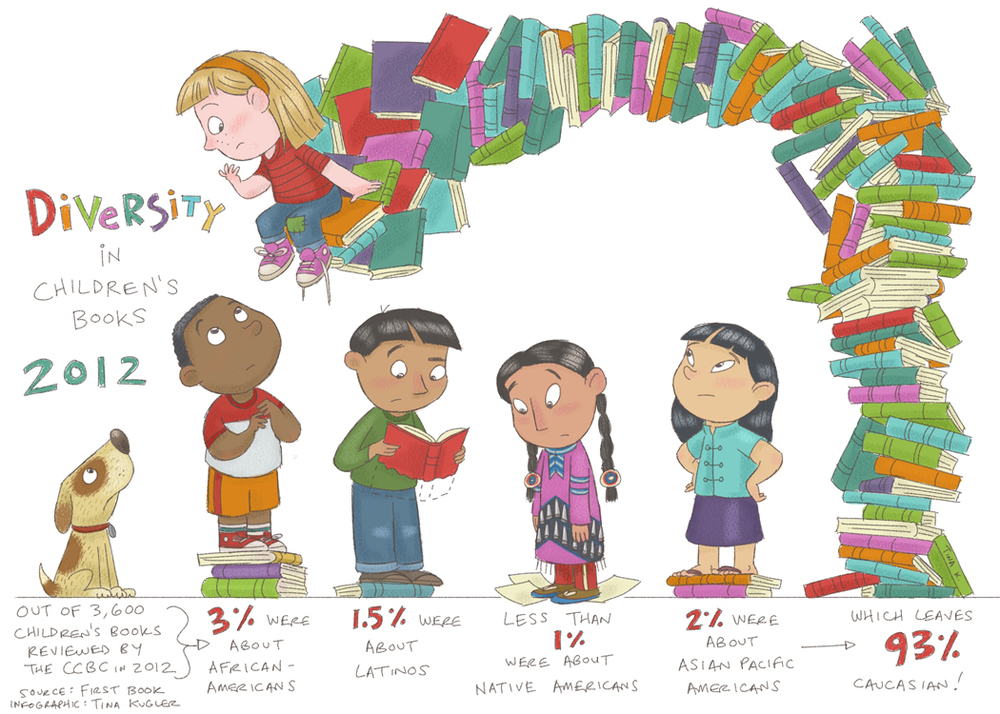New Haven Ranks as Best Connecticut City for Jobs
/The Best Cities for Jobs in America? They’re generally not in Connecticut, according to a new national analysis, but a number of the states' leading metropolitan areas are moving up the list compared with their counterparts across the country. The New Haven, Bridgeport-Stamford-Norwalk, and Norwich-New London metropolitan areas all edged up the list compared with their rankings a year ago. Danbury dropped slightly. Hartford-East Hartford-West Hartford’s ranking was virtually unchanged.
The rankings of the nation’s cities was developed by the website newgeography, and published this week.
Among 92 Medium Si zed Cities that were ranked, New Haven ranked #42 (up from #65 last year) and Bridgeport-Norwalk-Stamford
zed Cities that were ranked, New Haven ranked #42 (up from #65 last year) and Bridgeport-Norwalk-Stamford ranked at #58 (up from #85 last year) and saw the 10th largest advance among the medium sized cities.
ranked at #58 (up from #85 last year) and saw the 10th largest advance among the medium sized cities.
Danbury ranked #122 (down from #111 last year) and Norwich-New London at #231 (up from #233 last year) among 240 Small Sized Cities that were analyzed.
In the rankings of the nation’s Large Sized Cities, the Hartford-West Hartford-East Hartford region ranked #48, nearly identical to last year’s ranking of #47. The top rated cities included San Jose, San Francisco, Austin, Raleigh, Houston, Nashville, New York City, Orlando, Dallas and Denver.
This year's rankings use five measures of growth to rank all 398 metro areas for which full data sets were available from the past 10 years.
- "Large" areas include those with a current nonfarm employment base of at least 450,000 jobs.
- "Midsize" areas range from 150,000 to 450,000 jobs.
- "Small" areas have as many as 150,000 jobs. This year’s rankings reflect the current size of each MSAs employment.
Among all 398 cities, New Haven and Danbury were the highest ranked from Connecticut, at #207 and #208 respectively. New Haven jumped 50 places in the overall ranking compared with last year; Danbury dropped 11 slots from a year ago.
The top-ranked city overall was Bismarck, North Dakota, which ranked first out of the 398 metro areas considered in the annual roundup of The Best Cities For Jobs. A metro area of 120,000 located in the country’s fastest-growing state and near the vast Bakken oil fields, the number of jobs in Bismarck is up 3 percent over the last year and 32.4 percent since 2002. Only one MSA—Modesto, CA—changed size categories moving from “Small” to “Midsized.”
The methodology for the 2014 rankings, according to newgeography, largely corresponds to that used in previous years, which emphasizes the robustness of a region's growth both recently and over time, with a minor addition to mitigate the volatility that the Great Recession has introduced into the time series. The rankings use five measures of growth to rank all 398 metro areas for which full data sets were available from the past 10 years.
The goal of the rankings methodology, according to the publication, is to capture a snapshot of the present and prospective employment outlook in each MSA and allow the reader to have a better sense of employment climate in each.
Included are all of the metropolitan statistical areas (MSAs) for which the Bureau of Labor Statistics reports monthly employment data. They are derived from three-month rolling averages of U.S. Bureau of Labor Statistics "state and area" unadjusted employment data reported from November 2002 to January 2014.


 Prior to ING, United Technologies had been the title sponsor, following Aetna in the lead role in the marathon's early years. The Hartford Marathon has served as an increasingly impactful economic stimulus to Greater Hartford, helping to fill hotel rooms, bars, restaurants, and other tourist attractions throughout the region. NU will be the new sponsor through at least 2016, officials said.
Prior to ING, United Technologies had been the title sponsor, following Aetna in the lead role in the marathon's early years. The Hartford Marathon has served as an increasingly impactful economic stimulus to Greater Hartford, helping to fill hotel rooms, bars, restaurants, and other tourist attractions throughout the region. NU will be the new sponsor through at least 2016, officials said.
 athon Foundation, Inc. is a nonprofit organization founded in 1994 to create and manage fitness events that inspire people to be healthy and fit. The Hartford Marathon Foundation organizes nearly 42 annual athletic events, including the Hartford Marathon, and 25 training programs.
athon Foundation, Inc. is a nonprofit organization founded in 1994 to create and manage fitness events that inspire people to be healthy and fit. The Hartford Marathon Foundation organizes nearly 42 annual athletic events, including the Hartford Marathon, and 25 training programs. rnment with the mission to create strong libraries and museums that connect people with information and ideas, is celebrating its 20th year of saluting institutions that make a difference for individuals, families and communities.
rnment with the mission to create strong libraries and museums that connect people with information and ideas, is celebrating its 20th year of saluting institutions that make a difference for individuals, families and communities.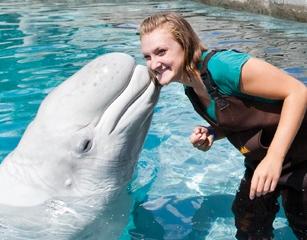
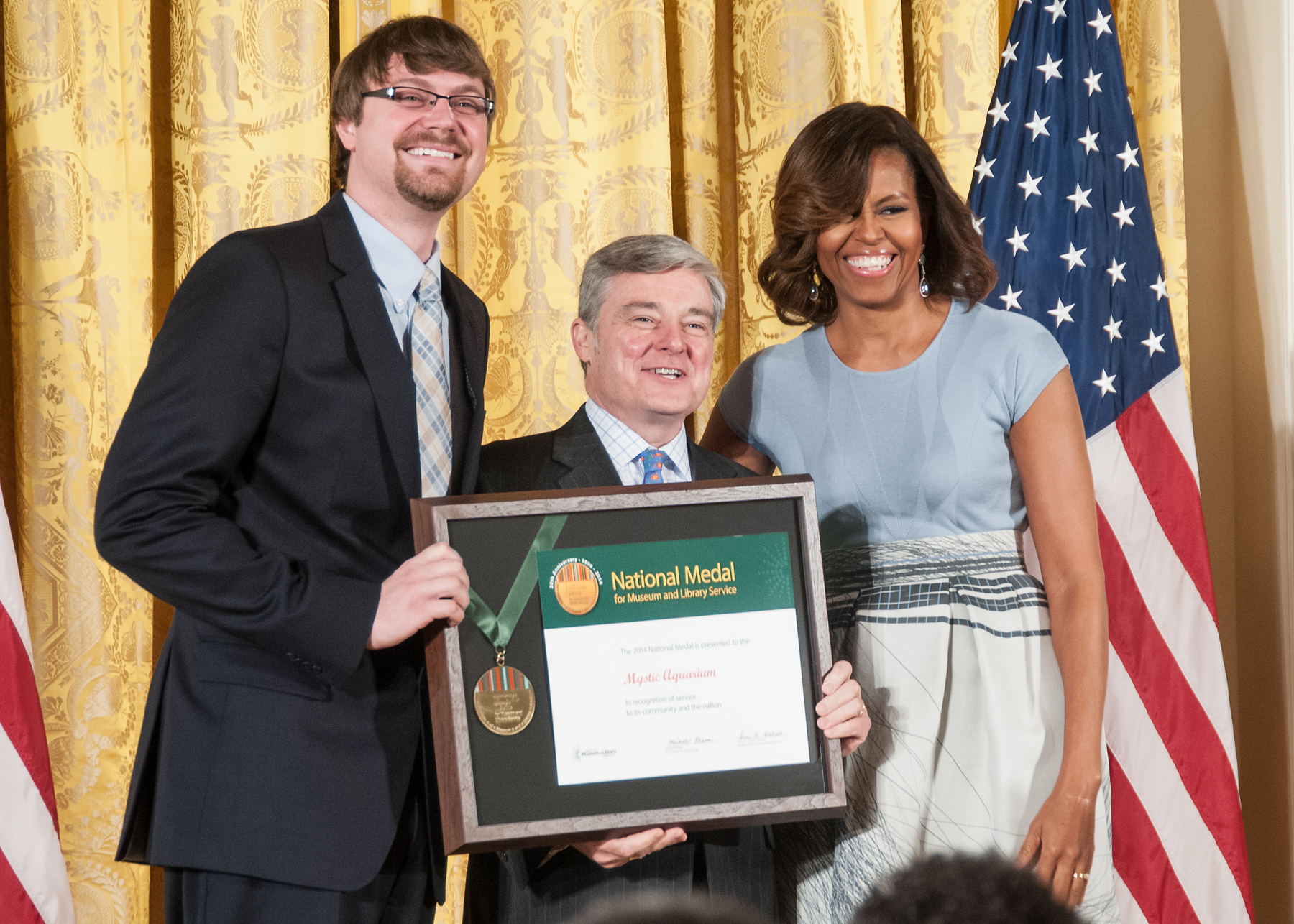 0 animals, including such species as beluga whales and the endangered African Penguin.
0 animals, including such species as beluga whales and the endangered African Penguin.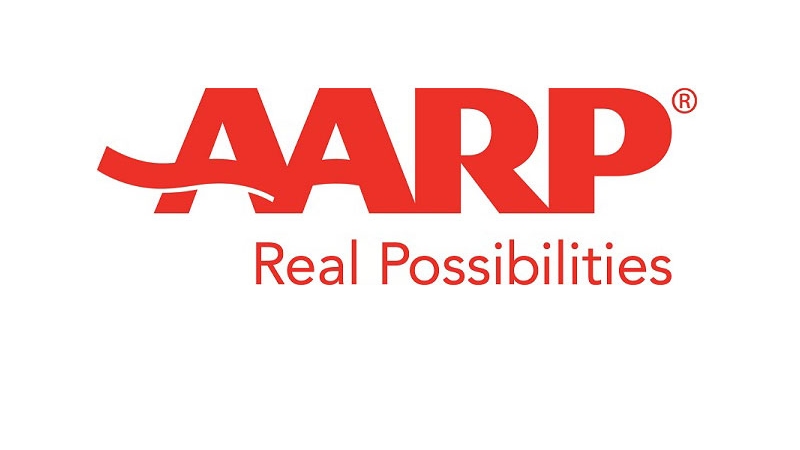 the top tier of states in the percentage of residents
the top tier of states in the percentage of residents  es (often with state financial incentives) the report offers guidance of factors influencing the frequency of entrepreneurial launches. Connecticut Innovations, established and supported by state government, helps Connecticut businesses grow through creative financing and strategic assistance, and is the nation's sixth most-active early stage investor.
es (often with state financial incentives) the report offers guidance of factors influencing the frequency of entrepreneurial launches. Connecticut Innovations, established and supported by state government, helps Connecticut businesses grow through creative financing and strategic assistance, and is the nation's sixth most-active early stage investor.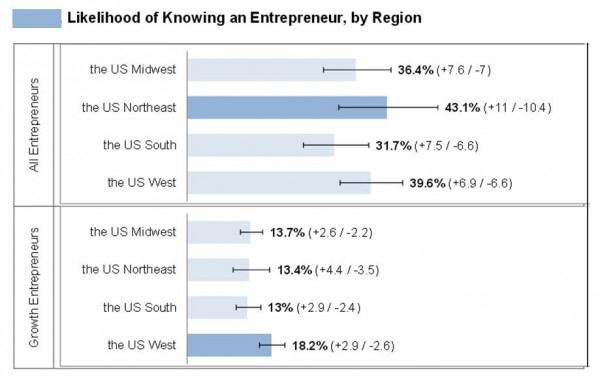 in the United States was 36.7 percent. The likelihood of knowing a growth entrepreneur was considerably lower, at 15.4 percent.
in the United States was 36.7 percent. The likelihood of knowing a growth entrepreneur was considerably lower, at 15.4 percent. In health outcomes, Tolland County led the way, followed by 2)Fairfield County, 3)Middlesex County, 4)Litchfield County, 5)New London County, 6)Hartford County, 7)Windham County and 8)
In health outcomes, Tolland County led the way, followed by 2)Fairfield County, 3)Middlesex County, 4)Litchfield County, 5)New London County, 6)Hartford County, 7)Windham County and 8)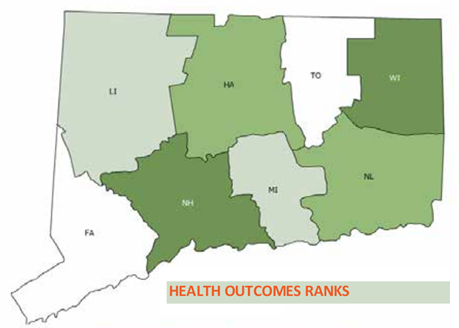 New Haven County.
New Haven County.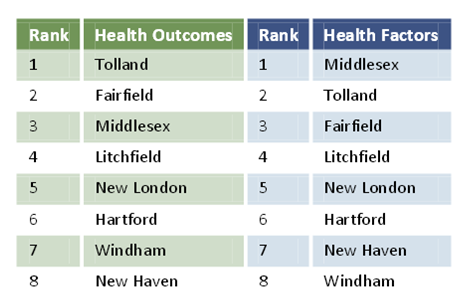

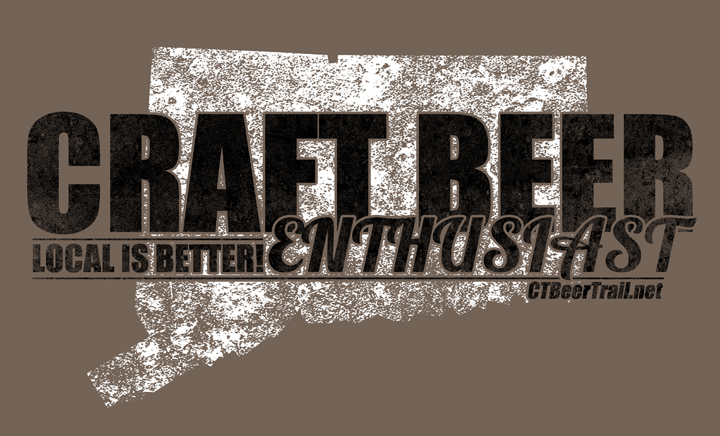
 s of Excellence
s of Excellence based on their level of income inequality and identified the 50 with the greatest inequality. T
based on their level of income inequality and identified the 50 with the greatest inequality. T